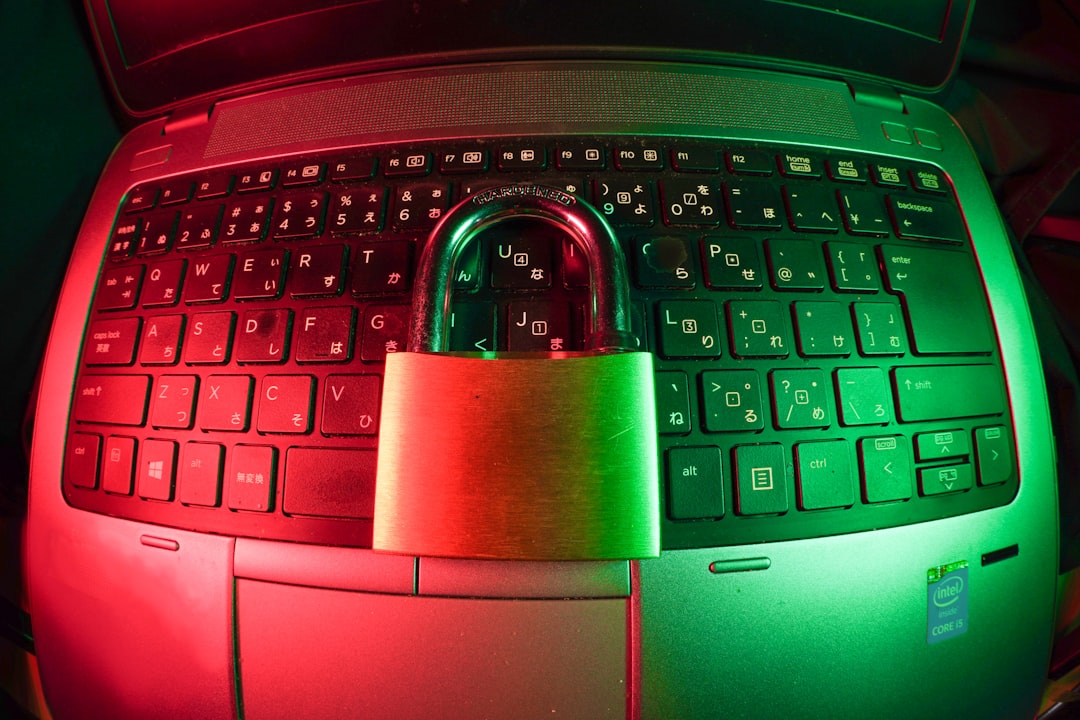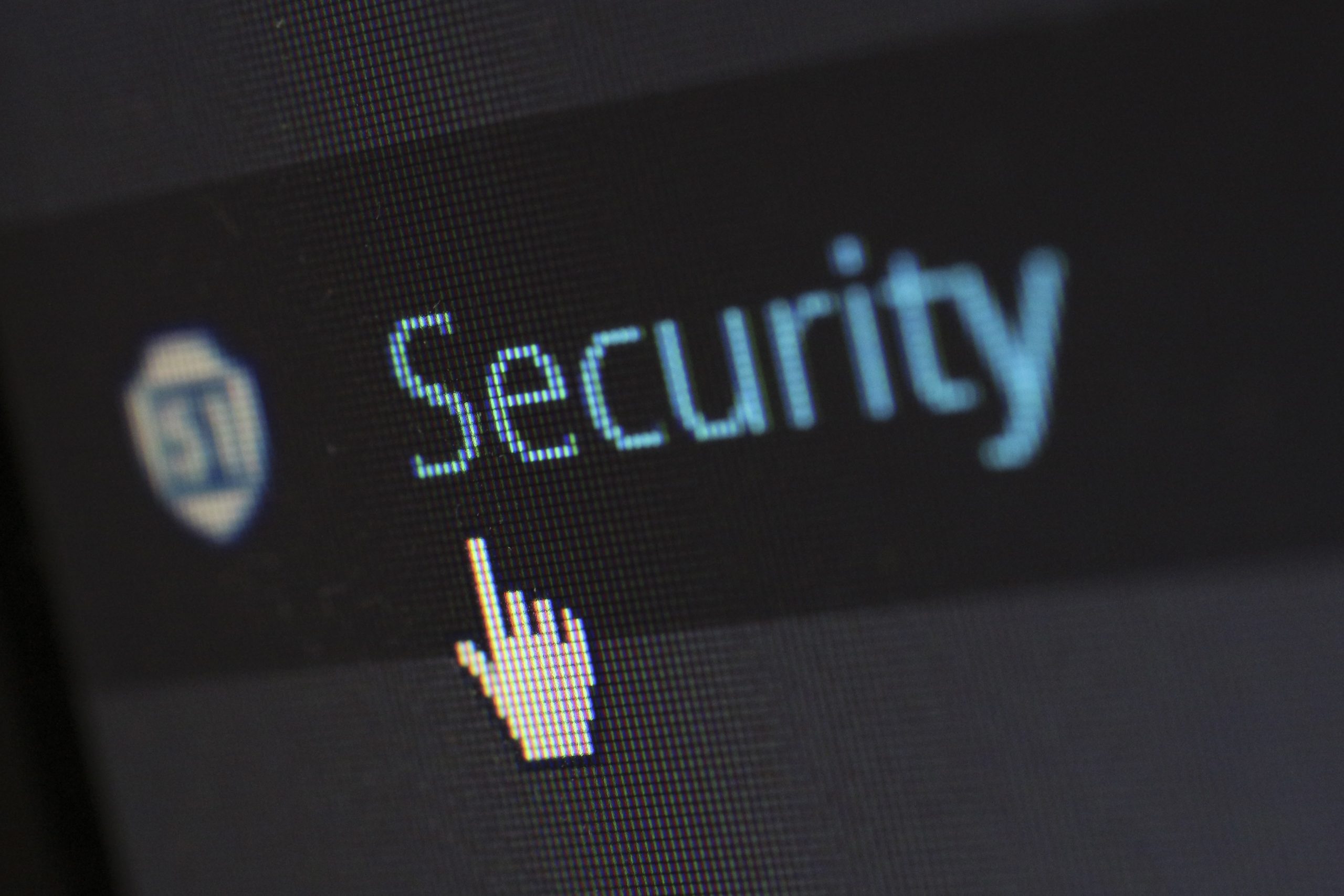Your website is usually the first—and, for some, the only—contact customers have with your company in our digital era. But as companies increasingly wager their future on what takes place online, cyber-attacks have become more sophisticated and ruthless. From phishing expeditions to data breaches, hackers target small businesses, multinational firms, and everything in between.
That’s why web security isn’t just an IT problem—it’s a business imperative. Two of your most critical components are a domain name and an SSL certificate. Together, they form a foundation of trust, protect sensitive data, and help establish your site as a haven of security where customers can engage.
Why Your Site Needs SSL
SSL stands for Secure Sockets Layer, a technology which scrambles data moving between your site and a person’s browser. With SSL activated, login passwords, credit card numbers, and other personal details get encrypted into garbage as they travel across the internet. Without SSL, that information comes to us in plain text, where it’s an easy target for thieves to steal.
SSL certificates also verify your website’s identity. When you’ve got SSL, your site is shown with “https://,” and a padlock image, in the browser address bar. Such visual cues alert people that your website is genuine and safe to view. In truth, it’s been discovered that most consumers will not shop or give information if the website doesn’t have HTTPS.
Apart from security and trust, SSL is also a search ranking component in Google. Your website will trail behind when not SSL encrypted compared to your competitors who embraced the shift.
The Role of Domain Names in Website Security
Your domain name is your web address and online identity. Your domain name also belongs to your security position. Cyber thieves have a tendency to create fake sites based on domain names that are very similar to actual brands—technique called “typosquatting.” They’re waiting for user’s typo a web address or they don’t know slight spelling variations.
Registering the proper domain names (spelling variations and country codes) shields your brand from being replicated. Just as crucial is choosing a quality, certified domain registrar. Good registrars possess protection mechanisms like domain lock, two-factor authentication, and alert for unauthorized change. These protectors prevent hijacking or transferring of your domain by unauthorized users.
Combining an SSL-encrypted domain with a secure domain adds security to your site on multiple fronts: your brand is secured, your users’ information is encrypted, and your search engine ranking is boosted.
 How Domains and SSL Work Together to Build Trust
How Domains and SSL Work Together to Build Trust
Imagine visiting a site and having asked for your credit card number without the HTTPS secure link visible. Even if it’s a well-established company, individuals will be nervous or cancel the transaction entirely. It’s the see-through of the identifiable domain name and trusted SSL certificate that will provide customers with the assurance they are there and their information is safe.
Therefore, for example, if your business name is BrightAI.com, proper SSL configuration would have customers type in https://www.brightai.com with the padlock icon. Such consistency will assure them that they can have confidence in your website. If a crook tries to register BrightAl.com (but with an “l” instead of an “i”), they can still buy a similar-looking domain—but a verified SSL certificate might be harder for them to get. That imbalance can also send warning signals to security software and discerning consumers as well.
Finding and Registering Your Domain Name
Before you qualify for locking down your site, you have to select and register the appropriate domain name first. Begin by suggesting names that distinctly describe your product, brand name, or services. Use domain search tools from credible registrars such as Namecheap, GoDaddy, Register.domains or Google Domains to check if they are available or not. If you looking to buy domain at very cheap then we’d suggest Register.domains as they are offering .com domains at $6.99. Once you’ve picked a name that you enjoy, register some variations—typos, country-code top-level domains (like .co.uk or .ca), and other useful new ones (like .ai or .tech)—to prevent copycats from trailing behind. When registering, pick registrars that offer domain privacy protection and good account security features. That way, you can maintain the control of your domain.
Best Practices for Implementing SSL
SSl is simple to install, but do it properly. Here are a few tips:
Choose the Correct Certificate Type
- Domain Validated (DV): Low level verification, best for personal websites.
- Organization Validated (OV): Validates company details, best for use on a business.
- Extended Validation (EV): Most secure with green address bar (banks and big brands use this).
Purchase from Trustworthy Certificate Authorities
Purchase SSL certificates only from trustworthy authorities, such as DigiCert, GlobalSign, or Let’s Encrypt (free certificates).
Install and Test Your Certificate
Test your SSL installation after installation using online tools like SSL Labs to ensure all configurations are valid.
Redirect HTTP to HTTPS
Make sure all traffic automatically goes to the secure site of your website.
Renew Regularly
SSL certificates must be renewed (every 1–2 years). Make sure to set a reminder to renew at good time in order not to leave gaps.
Being One Step Ahead of Future Threats
Cyber attacks will become more complex, but the rules are the same: lock down your domain, encrypt your data, and provide trust to your visitors. SSL and secure domain registration are technical advancements, sure, but also an investment in your integrity and customer trust.
Your domain name and SSL certificate work hand in hand as your frontline defense against cyber threats. Together, they safeguard your business, inspire confidence, and demonstrate that you take security seriously. In an age where trust is everything, taking these steps is no longer optional—it’s essential.


